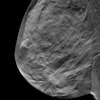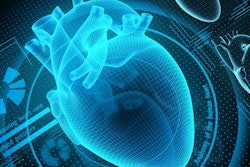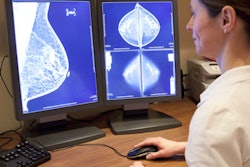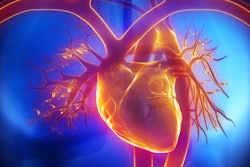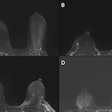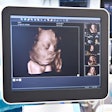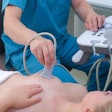Breast arterial calcifications as seen on mammograms may be a warning sign of heart disease in women, according to research presented at the Menopause Society's annual meeting being held September 10 to 14 in Chicago.
A team led by Hannah Daley from Drexel University in West Reading, PA, found that women with these calcifications are more likely to experience atherosclerotic cardiovascular disease than women without them.
“Prior research has already suggested this type of association,” Daley said in a prepared statement. “Based on what we found, we believe the presence of breast arterial calcifications on a mammogram should be routinely reported.”
Heart disease causes death in one out of every three U.S. women each year. However, the researchers noted that spotting early warning signs has been a challenge, with current information being unreliable. Previous reports suggest that heart disease manifests differently in women in comparison with men, but it can also vary from woman to woman depending on their backgrounds.
Daley and colleagues assessed the longitudinal association between breast arterial calcifications identified on routine mammograms and atherosclerotic heart disease. They collected survey data from 1,995 women with an average age of 56.3 years; of these, 60.9% were menopausal. The group noted that 14% of the total mammograms had breast arterial calcifications and 4.9% of the women had known heart disease at baseline.
After 18 years of follow-up, 383 women completed the survey, and the researchers included this data in the final analysis. The researchers issued follow-up surveys at years one, two, four, five, 10, and 18 years to assess risk for atherosclerotic cardiovascular disease.
The investigators observed significant associations between breast arterial calcifications and freedom of atherosclerotic cardiovascular disease events for women with and without known heart disease at baseline (p < 0.001 for both).
Breast arterial calcifications were significantly tied to heart disease risk factors identified at baseline (p < 0.001) and nonsignificantly associated in women without a heart disease risk factor at baseline (p = 0.149).
Finally, women with breast arterial calcifications were more likely to experience atherosclerotic cardiovascular disease events over 18 years of follow-up. This included 23% of women with calcifications compared to 13.9% of women without them (p < 0.001).
The study authors concluded that breast arterial calcifications found on routine mammography may serve as a marker for increased risk of atherosclerotic cardiovascular disease in women over time.
